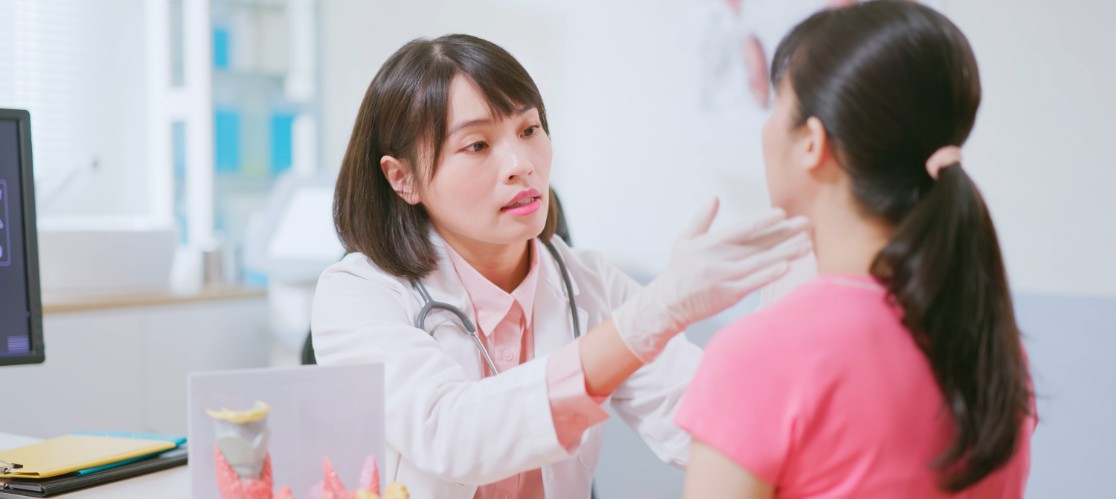More Than Just a Little Gland: Shining a Light on Thyroid Awareness Month
DEC 29, 2026Tucked away at the base of your neck, this butterfly-shaped gland produces hormones that regulate almost every process in your body.
Read More
Over the last several years, there has been an increase in concussion awareness. Sports-related concussions are often what people think of first; however, a large majority of the population suffer concussions from falls, motor vehicle collisions, or being struck by an object.
Concussions are considered the result of a blow, jolt, or bump to the head. The sudden movement of the brain inside the skull leads to metabolic and neurochemical changes in the brain cells causing a variety of symptoms. Due to the changes being metabolic and neurochemical, concussions do not normally show up on imaging such as a CT scan or MRI. Most concussions occur without loss of consciousness, brain swelling, or permanent brain injury and symptoms resolve within a few days or weeks. In some cases, symptoms can be ongoing. The individual’s symptoms may show up right away or may not show up until later.
In the past, avoiding all activity and resting in a dark room until symptoms were gone was recommended. However, studies are finding people have better outcomes by limiting mental and physical activities for the first two days rather than eliminating the activities completely. Activity is then gradually increased as tolerated without increasing symptoms. If symptoms persist after 2-4 weeks, following up with a physician is recommended. Physical therapy, occupational therapy, and speech-language pathology are beneficial for treating the ongoing symptoms.
Originally Published: September 2019. Updated: August 2022.

Tucked away at the base of your neck, this butterfly-shaped gland produces hormones that regulate almost every process in your body.
Read More
Choosing correctly can save you time, money, and ensure you get the most appropriate and timely treatment.
Read More
MS is not rare. It’s estimated that nearly 1 million people in the United States and 2.8 million worldwide live with MS.
Read MoreWhen you need local health information from a trusted source, turn to the CHI Health Better You eNewsletter.